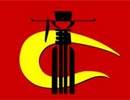韦伯斯特大学孔子学院将举办“文墨儒风——中国青年画家赴美作品展”。我校能够承办此次活动,我们深以为荣。此次活动展出的作品,均出自中国赴美画家之手。他们颇具声望,欣然与我们分享自己的精美画作,向我们展示这种古老艺术表现形式所蕴含的哲理。
中国画的起源可追溯至数千年以前,最早可见汉代(公元前206年至公元220年)及汉代之前青铜器和石雕品上的作品。中国传统艺术是中国人民的智慧结晶,赋予传统文化有形的形式,而这种文化又深受哲学家孔子的影响。
按儒家的观点,绘画是完美自我表达和交流的媒介。大多数绘画作品与大自然有关,以隐者或寻幽探秘的三五好友为主题。传统中国画,是一种自我表达工具。中国画在向外部环境致敬的同时,从艺术家的思想中汲取灵感,二者浑然天成,从而以辩证、和谐的方式,将主体和客体相结合,平衡现实主义和浪漫主义之间的关系。
通常,中国传统画家专攻朴实无华的水墨画,使用宣纸或丝绸,有时也使用极少量的色彩进行创作。画家极为重视绘画风格,在创作时,运笔表达其个人品质的内在风格,即展示自我精神内涵。运笔及不同种类的画笔和水墨,令传统中国画独具一格,颇受世人推崇。
这些中国画家天赋异禀,他们愿意与我们分享自己的艺术灵魂,我们谨此深表谢意!
(Deborah Trott Pierce博士、韦伯斯特大学国际教育中心主任、韦伯斯特大学孔子学院院长)
The Confucius Institute at Webster University is proud to host the “Traditional Chinese Art Exhibit: Tracing the Influence of Confucianism through Contemporary Artists” on our campus. The collection exhibited here is that of renowned Chinese artists who have traveled from China to share with us their beautiful works of art and the philosophy behind this ancient form of artistic expression.
The origins of Chinese painting stretch back many centuries with the earliest examples being on bronze vessels and stone carvings of the Han dynasty (206 bce-220 ce) and earlier. Traditional Chinese art crystallizes the spirit of the Chinese and gives tangible form to their traditional culture greatly influenced by the philosopher Confucius.
In the Confucian manner, painting is a medium for perfect self-expression and communication. Most of the images are of nature and the theme of the solitary man, or group of friends who find themselves alone. As the vehicle of self-expression the traditional Chinese paintings immolate the external surrounding while gaining inspiration from what is in the artist’s heart. It is where the two come together, where Realism and Romanticism are balanced combining the subjective and the objective in a dialectical harmonious manner.
Traditional Chinese painters, traditionally using rice paper or silk, specialize in plain ink paintings sometimes with minimal color. Emphasis is given on the style in which the painter controls the brush, conveying the inner style of his or her character, the expressions of the spirit. The brush movement and the variation of brush, ink and water give the traditional Chinese painting its unique characteristic admired throughout the world.
Our hearts are full of gratitude for the willingness of these extraordinarily talented Chinese artists to share their art and soul with us.
Deborah Trott Pierce, Ph.D.
Director, Center for International Education and Confucius Institute
Webster University

 分享到人人
分享到人人 分享到QQ空间
分享到QQ空间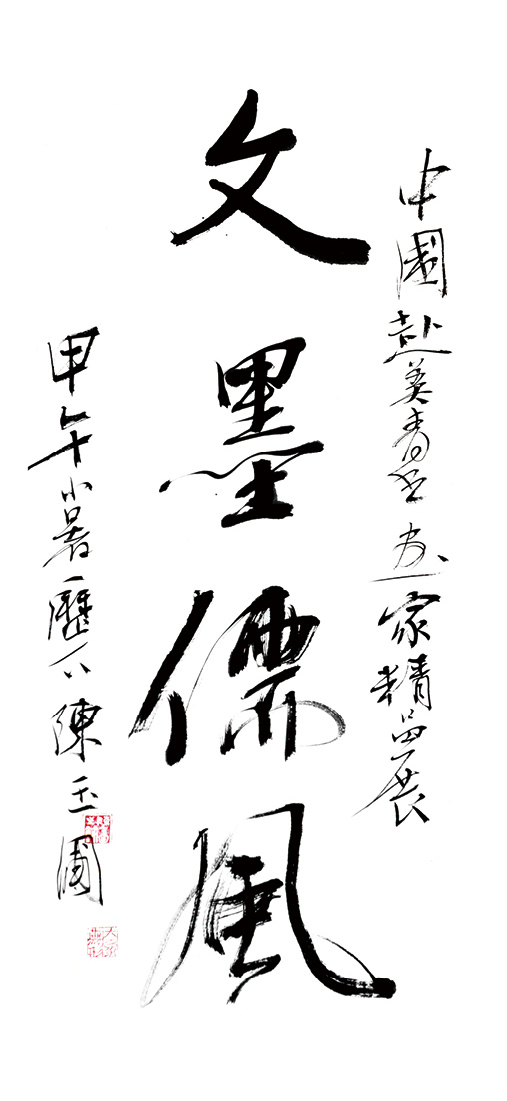

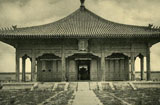
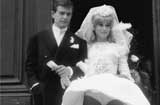



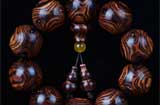





 恭喜你,发表成功!
恭喜你,发表成功!

 !
!

















